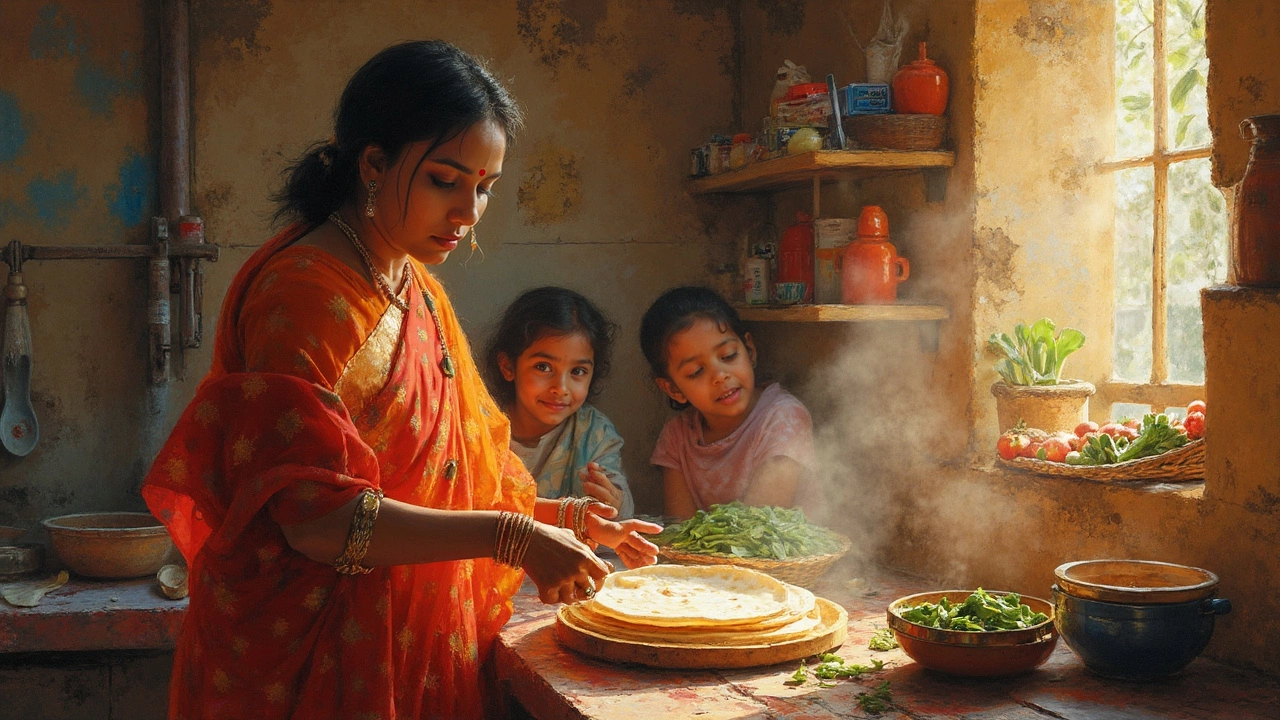Rice Calories: Understanding the Energy in Your Favorite Indian Rice Dishes
When you start counting rice calories, the energy you get from a typical serving of rice – white, brown, basmati, or any other variety – it becomes easier to plan meals that fit your goals. Also known as caloric content of rice, it matters whether you’re cooking plain rice for a side or mixing it into a rich biryani. Knowing the numbers helps you balance flavors and nutrition without sacrificing taste.
Why Grain Type and Cooking Method Matter
Rice calories aren’t a single static figure. Basmati rice typically runs about 190 calories per cooked cup, while short‑grain white rice can be a bit higher, around 205 calories. Brown rice adds fiber and drops the glycemic spike, but its calorie count sits close to 215 per cup because of the extra bran layer. The grain’s size, starch composition, and whether it’s polished all influence the final energy value.
Cooking technique creates another big swing. Boiling rice in excess water and draining it eliminates some starch, shaving off a few calories. On the other hand, frying rice with oil or ghee—as you do in biryani or lemon rice—adds 40‑80 extra calories per cup, depending on the fat used. Even the amount of water matters: softer rice absorbs a bit more water, making it less dense and slightly lower in calories per gram.
Portion size is the easiest lever to control. A standard serving is about one cup of cooked rice (≈150 g). If you’re watching weight, measuring that cup instead of guessing can keep your daily intake on track. Pairing rice with high‑protein foods like lentils, chicken, or paneer also changes the overall calorie picture, which is why dishes such as dal served over rice can feel more filling without a huge calorie jump.
Now let’s talk about the Indian staples that most people love. A bowl of plain rice may be 200 calories, but the same amount in a biryani can climb past 350 because of the oil, nuts, raisins, and marinated meat. Lemon rice, a popular tangy side, usually stays around 220 calories per cup if you limit the oil to a tablespoon. The secret to keeping those numbers low is to use a light hand with ghee, add fresh herbs for flavor, and watch the quantity of high‑calorie add‑ins.
For those who prefer a lighter option, swapping white rice for brown rice or even cauliflower rice can cut 50‑100 calories while boosting fiber. The trade‑off is a different texture, but most Indian recipes tolerate the change if you adjust cooking time and spices.
Another practical tip: let cooked rice cool and refrigerate it overnight. The starch retrogrades, making the grains firmer and less likely to clump when reheated. This small step doesn’t change the calorie count, but it improves texture, which many home cooks find helpful when making fried rice or leftover biryani.
Finally, remember that calories are just one piece of the nutrition puzzle. Rice supplies carbs for energy, B‑vitamins, and a small amount of protein. Pair it with vegetables, a source of healthy fat, and lean protein for a balanced plate. Whether you’re prepping a quick lunch or a festive feast, understanding how each ingredient contributes to the total calorie load lets you enjoy Indian flavors without second‑guessing your meals.
Below you’ll find a curated collection of articles that dig deeper into biryani tricks, lemon’s role in fluffy rice, dal nutrition, and other Indian cooking hacks. Each piece adds a practical angle to help you manage rice calories while still tasting amazing.

Roti vs. Rice Calories: What's on Your Plate?
Ever wondered whether roti or rice is better for your calorie count? Discover the nutritional profiles of each, the calories in 1 roti, and how additions like ghee and sabzi can change those numbers. This article will guide you with practical tips and insights to make healthier meal choices.